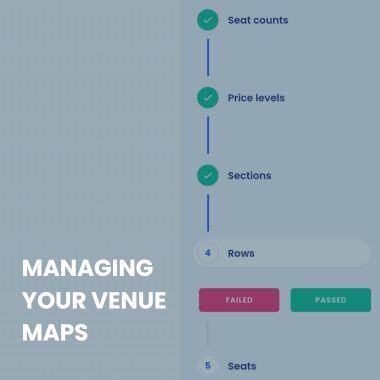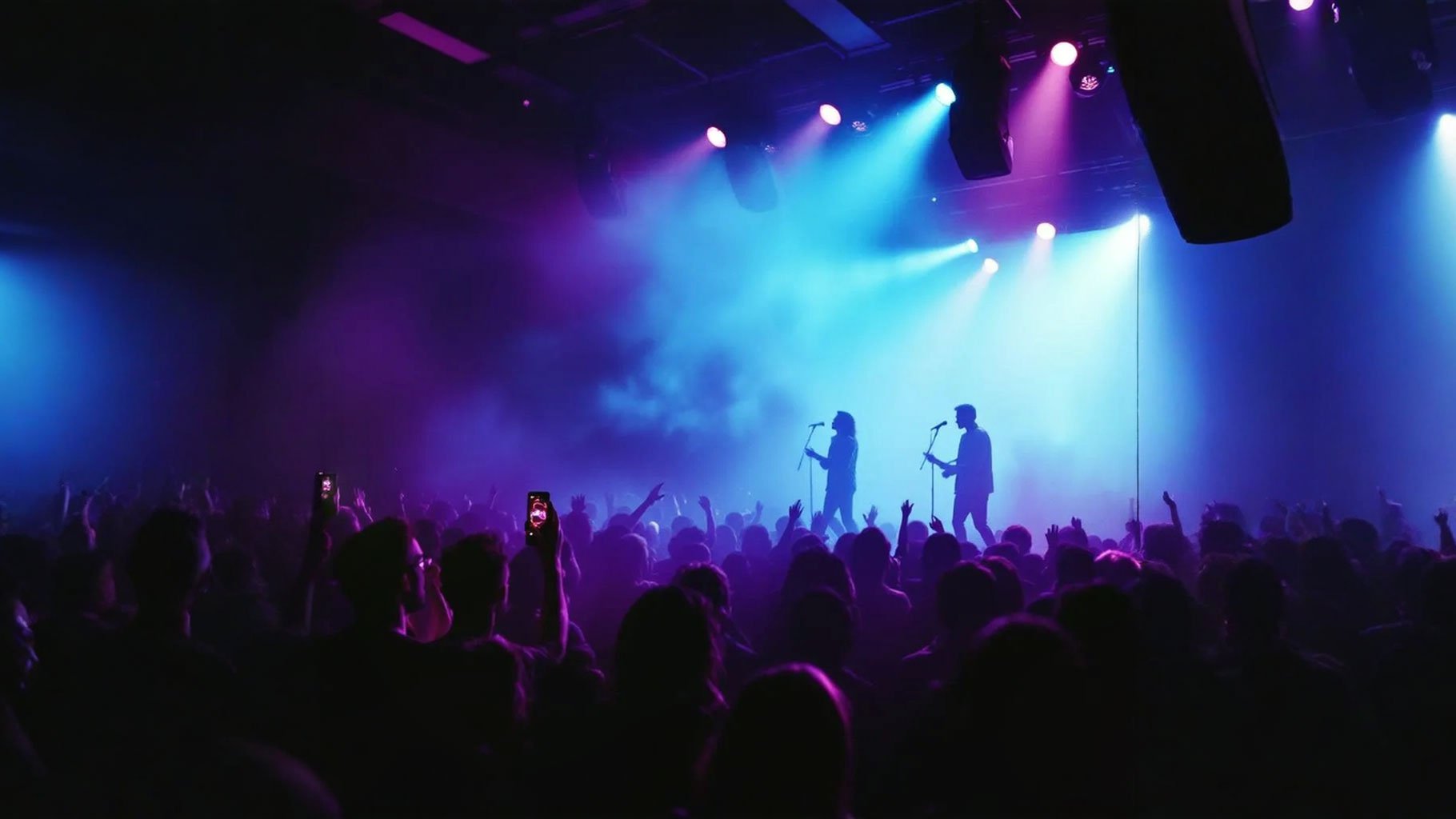House lights up. Your seat map sets the mood before a single note. When the chart matches the room, buyers decide faster, ask fewer questions, and spend with confidence.
1. Map the Room like a Director
Start with a walk. Sit center a few rows back, then far left, then under the overhang. Listen near the mix position. Turn those notes into simple zones with names people already know: Orchestra Center, Orchestra Left, Balcony. Number from the stage perspective so ushers and guests speak the same language. Keep colors functional. One per price tier, a calm tone for holds, a clear label for ADA.

Tell the truth where sightlines get clipped. Short notes work: “Partial view behind rail.” “Overhang above Row F.” People still buy those seats at the right price because you were upfront. Keep tiers tight. Three to five keeps choices quick on a phone. Place companion seats next to wheelchair positions and make transfer seats easy to spot. If you run supertitles, mark the rows that read them best. For amplified shows, remember the truest sound often lives near the mix, not the front row.
Helpful tool moment. Purplepass lets you build interactive maps with ADA and companion logic, seat notes, and two buying modes, Best Available or Choose on Map. Deciders move fast. Pickers get control. Your inbox stays quiet.
2. Price the Real Sweet Spot
Front row looks glamorous. Often the best experience sits a few rows back in the center where sound blends and sightlines breathe. Make that band your top tier. Frame value tiers on the sides and higher rows with meaningful steps. Five or ten dollars can be clear; two dollars is noise.
Explain bargains. If a pillar trims the proscenium, say so and charge less. If aisle seats fly first in a hot section, a small, consistent premium can work. For multi-date runs, tie modest price moves to milestones like 50 percent sold or a calendar window. That is not a game. That is demand doing its job and teaching fans to buy earlier.
Holds matter. Production kills first so you never sell a blocked seat. House and sponsor holds next with visible release dates. Give members a clean presale, then release leftovers. Rolling releases keep energy high without drama.
3. Make Buying So Simple It Disappears
Offer two paths. 'Best Available' for speed. The 'map' for control. Show fees early so totals never feel like a jump scare. Keep forms short, support modern wallets, and use a calm seat timer. Add quick filters for price and accessibility so nobody has to hunt.
Confirmation emails should include section, row, seat, and a tiny map. That one detail stops the “Where are we sitting” thread and quietly sells the next pair when someone forwards it.
Front of house seals the deal. Put the same map your buyers saw into usher packets. Match signage to digital labels. Let scanners display section and row so redirection takes seconds. Plan ADA relocations and a quiet route for late seating. Smooth nights start with a map that fits the real building.
Learn Fast & Tune the Next Run
After each weekend, scan the pattern. What did people click first. Which sections sold fastest. How long from landing to payment. Where carts stalled. If a second tier sells out before the so-called premium, swap the bands next time. If balcony value lingers, add a photo from that exact seat and adjust copy or price slightly. Two cycles will tell you what sticks.
Reporting helps. Purplepass highlights heat by section, sell-through by tier, and what changed when you released holds. Small tweaks across a season add up to real money and fewer headaches.
Quick checklist
- Clear zones that match what people actually see and hear
- Three to five tiers with real reasons behind each step
- Fees visible early plus two buying paths
- Holds with release dates on one shared calendar
- FOH training and signage that mirror the digital map
- Simple post-show checks on heat, velocity, and abandonment
Final Bow: Great Assigned Seating is Clear Storytelling
The map explains the room. Prices match the experience. Checkout stays quiet so the art takes the spotlight. Do that and you sell more tickets while your team keeps its sanity.
When you are ready to put it on stage, Purplepass gives you the interactive map builder, ADA and companion tools, Best Available plus map selection, and reporting that shows what moved and why. Set the next show with a chart that does the selling, then keep tuning it run after run.



-May-14-2024-08-55-37-2936-PM.jpg)
-Feb-19-2024-08-39-01-7309-PM.jpg?width=379&quality=high)






